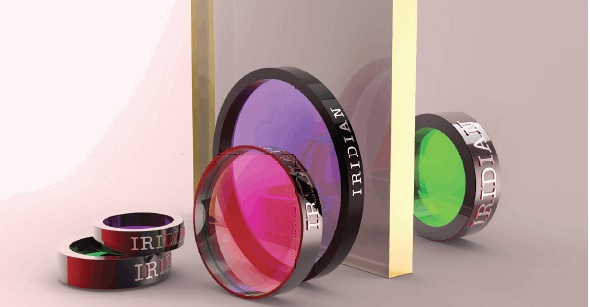In optical communications, erbium-doped fiber amplifiers (EDFAs) are pivotal for their amplification capabilities. However, non-uniform gain...
光谱博客
OISL Vs RF Links: Exploring Technologies for Satcom Constellations
Optical technologies are increasingly central to the growth of satellite communication constellations. These technologies not only facilitate...
How optical interconnects open a new frontier in datacoms
Reliable data communication depends on interconnections. Conventional electronics often link storage devices to servers and switches. These take the...
What is an optical inter-satellite link communication terminal?
An increasingly interconnected world with more devices online than ever before means the demand for low latency, high capacity, secure, and...
How Edge & Band Pass Filters Factor into IR Sensing
In the field of optics engineering, the ability to isolate specific wavelengths of light is crucial for various applications, including infrared...
Improving IR Sensing Applications with Edge & Band Pass Filters
Infrared (IR) sensing applications are becoming more valuable in a wide range of scientific fields, including thermal imaging, biomedical sensing,...
Which Detection Filters are Used for IR Sensing Applications?
IR sensing technology harnesses the power of infrared radiations – which are invisible to the human eye – for various scientific and industrial...
What are Spectral Emission Lines?
Spectral emission lines are unique sets of spectral lines that serve as the fingerprints of chemical and molecular species, playing a crucial role...
Understanding the Challenges of IR Sensing Optical Design
Infrared (IR) sensing is a critical technology with wide-reaching applicability. It is used to detect and measure the IR radiation emitted by...
How do Infrared (IR) Sensing Optics Work?
Infrared (IR) sensing uses infrared-sensitive optical components to detect light in the IR region of the electromagnetic spectrum. IR sensing is now...

